Sony Alpha A7 Family – Which One To Choose? A7 (ILCE-7) vs A7M II (ILCE-7M II) vs A7r (ILCE-7R) vs A7s (ILCE-7s).
Number of pixels had been for a while one of the key attributes for photographers, especially amateur.
From marketing perspective this is certainly a golden mine territory, because consumers usually don’t want to learn how large resolution is necessary for their purpose and more importantly isn’t sometimes to high-resolution ineffective? Bigger is better, right?
Without going deeply into technical explanation of how light is collected and converted to electrons, think of our human eyes instead. When we have a lot of light, we are able to recognize tiny details even at the larger distances. But if we enter dark room at the moment and our IRIS stays close, we won’t see much, because our eye doesn’t get enough light. Smaller photo cell means less collected light. And this won’t change even if thousands or million of eyes comes with us…
One more thing to mention – larger photo cell can collect more light. In theory it means that it can be exposed to the light either longer or under stronger source before light overflow and highlights gets burned. In practice this should mean that there is potential for wider dynamic range (range between full black (no light at all – no recorded info) and full white (too much light – all info lost)) with larger photo cells. This however is only partially true with Sony A7 cameras, because at the base ISO (where there is a lot of light), Sony A7R has slightly larger dynamic range than other three. At higher ISO though, Sony A7s clearly pulls apart.
Trying to show in practice what differences in nominated resolution means for photographer, we published few articles before, but it is nice opportunity to get back to it with those 4 Sony A7 cameras…
Image above are showing differences in file sizes between Sony A7s, A7/A7 MII and A7R.
Let’s take a look at few crops, made with different normalization methods.
If we down-sample all files to original Sony A7s file size (using “bi-cubic sharper” algorithm in PS CC), here is what we will get in terms of fine detail. (Click on the arrows on the slider, hold mouse button and move slider left or right to reveal image bellow).
Sony A7M II(A7) vs Sony A7S
This difference will be even more significant when we compare 36M to 12M
Finally at pixel level (100% crop), difference is not so significant between 24M and 36M
With test like this, slight difference in position of the focus plane can affect the result. Bellows are therefore similar comparison shots, captured in the studio under controlled conditions.
When we compare those cameras at pixel level, it become clear that Sony A7S shows less detail from the same scene, under same conditions (FL, aperture, lens etc.). More important question however is – what we are going to do with our images.
If we will use them on web only, difference won’t be much visible at standard resolution up to 1920 x 1280 (HD resolution).
Bellows are images from A7MII,A7S and A7R at resolution (1920 x 1280 px) and without looking at their description or EXIF, it would be hard to say which was taken with which camera.
Even at 4K resolution, differences won’t be too significant. If final output is supposed to be large print, than the importance of resolution differences will become much more significant.
On the other hand, larger resolution allows for more aggressive cropping. This can be important for wildlife shooters and for those who need to correct composition after taking shot (journalists, street photographers etc.)
To put this in perspective, bellows are images from Sony A7S at its standard size 4240 x 2832 px, Sony A7 MII where respective crop of 4240 x 2832 px were made and finally same size crop from Sony A7R. (All images were further down-sampled to 1200 px wide for presentation purpose)
Sony A7 MII – crop of the original image at the size of A7S (4240 x2832 px)
Sony A7R – crop of the original image at Sony A7S size (4240 x 2832 px)
Think of it also in terms of reach. While on A7S – 200mm lens will remain 200mm, on Sony A7/MII you’ll be able to crop the image to the FOV corresponding to approx. 280mm and up to 340mm with Sony A7R. (70-200mm lens will have flexibility of being 70-280mm on A7/MII or even 70-340mm on A7R, if the Sony A7S resolution is enough for desired output).
3. Difference in resolution between Sony A7/MII and A7S is more significant than between Sony A7/MII and Sony A7R. This is to be expected because in percentage it is 41% difference between A7S and A7MII but only around 23% between A7MII and A7R. In other words, 12M increase of sensor resolution is not linear in effect.
In a conclusion, if you have realistic need for high-resolution files, Sony A7R should win in this category by slight margin over Sony A7/MII. Sony A7S won’t allow larger crops and very large prints without visible loss in quality, but at higher ISOs this will change. Don’t forget that higher resolution means also larger files and more computing power for post processing and space for archiving.
We should also mention again problems with Sony A7R shutter shock induced blur that can significantly reduce output resolution. (You can read and see some examples in the following article, if you scroll down to “discovered problems” section – http://www.verybiglobo.com/sony-alpha-a7-ilce-7-and-sony-alpha-a7r-ilce-7r-part-9-finalshowdown/
On the other hand, we should also mention that in our experience Sony A7r offers widest dynamic range at ISO up to 400, followed by Sony A7, than Sony A7S and finally A7M II. Differences are however very small and in most situations field irrelevant.
(If you have any questions related to those 4 cameras, please use our forum to post them. Forum engine is better suited for longer discussions and it gives possibility to embed images if needed. It can also keep more replies than comments section. You can find related forum link here – http://www.verybiglobo.com/forums/topic/sony-alpha-a7-family-which-one-to-choose/)
To help this page survive, your donation will be highly appreciated.
Please consider to help VERYBIGLOBO to bring more reviews, by using these affiliate links to buy anything from your favorite seller. It won’t cost you single penny, but we should receive small contribution from the seller. Thank you in advance.
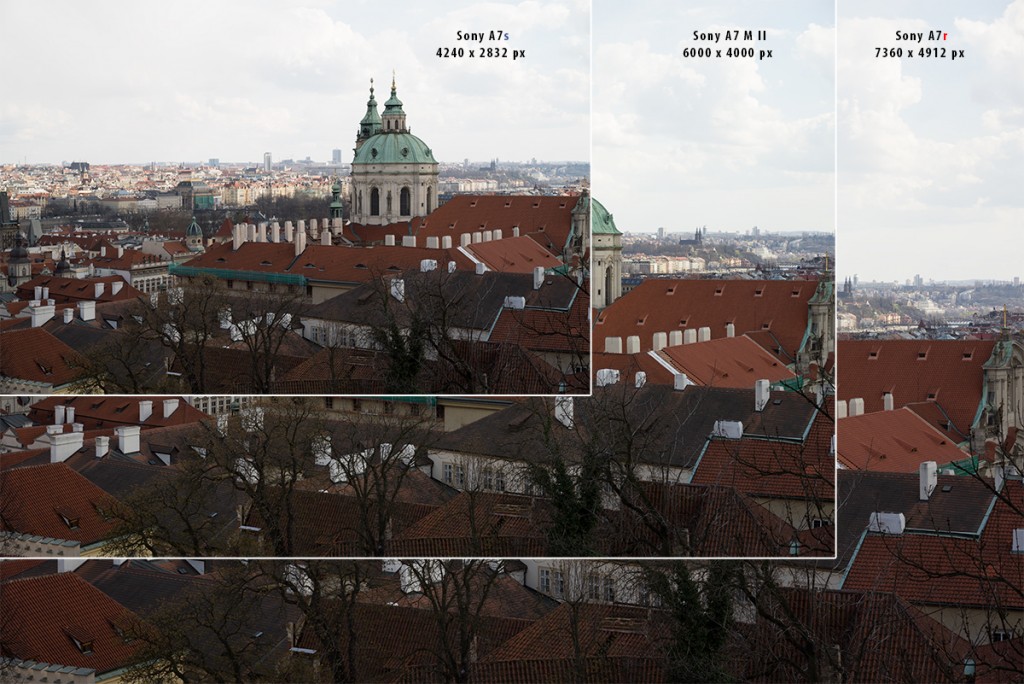
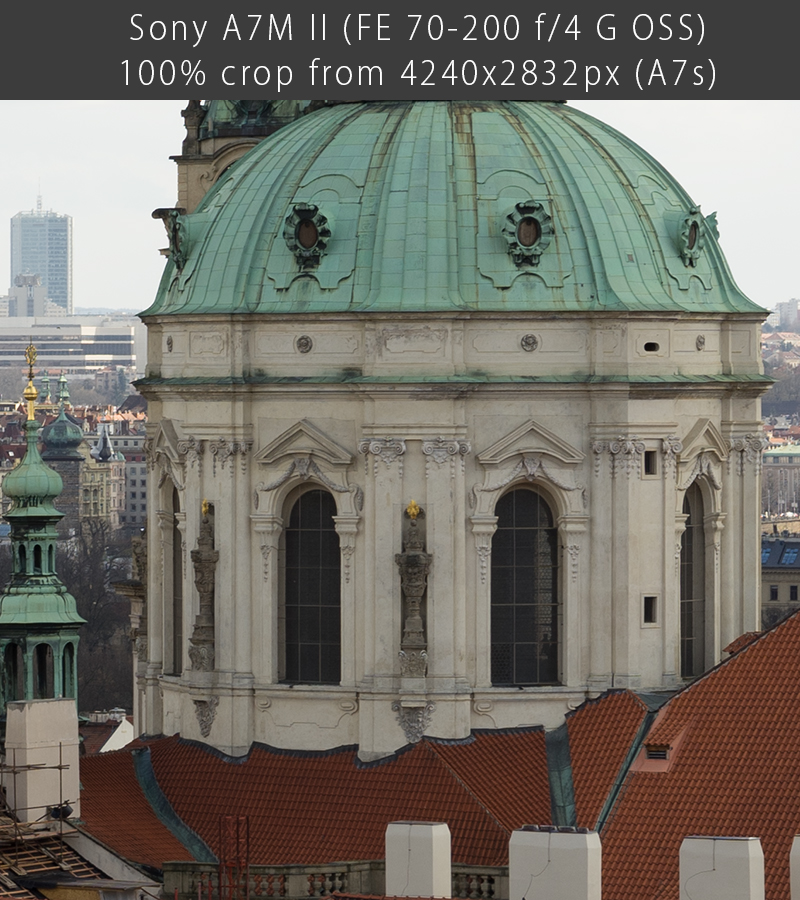
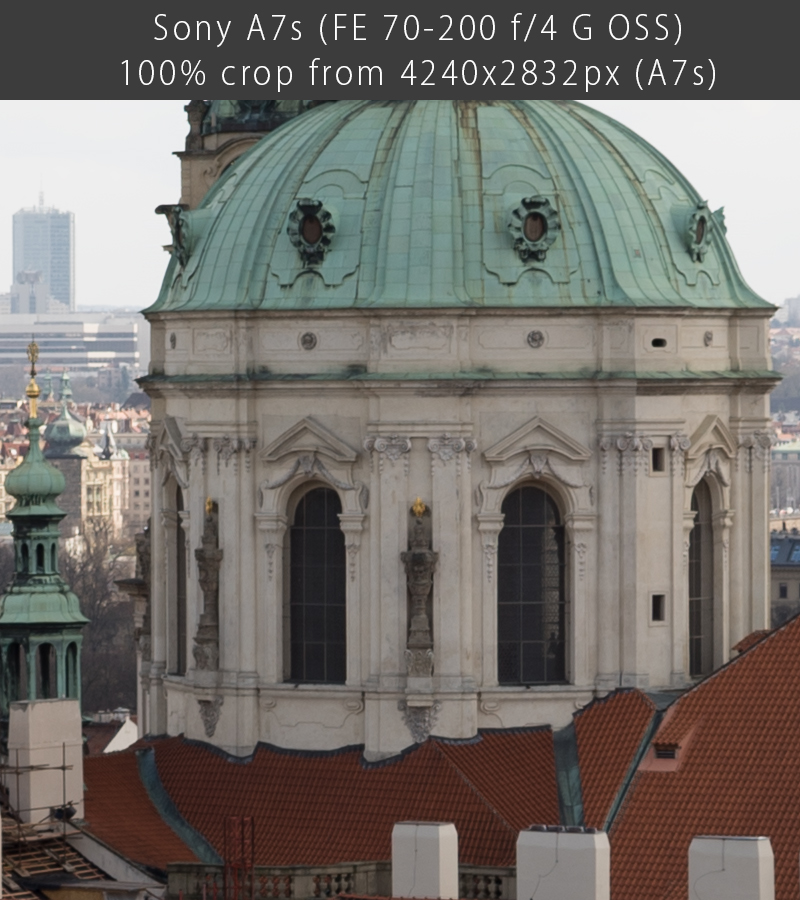
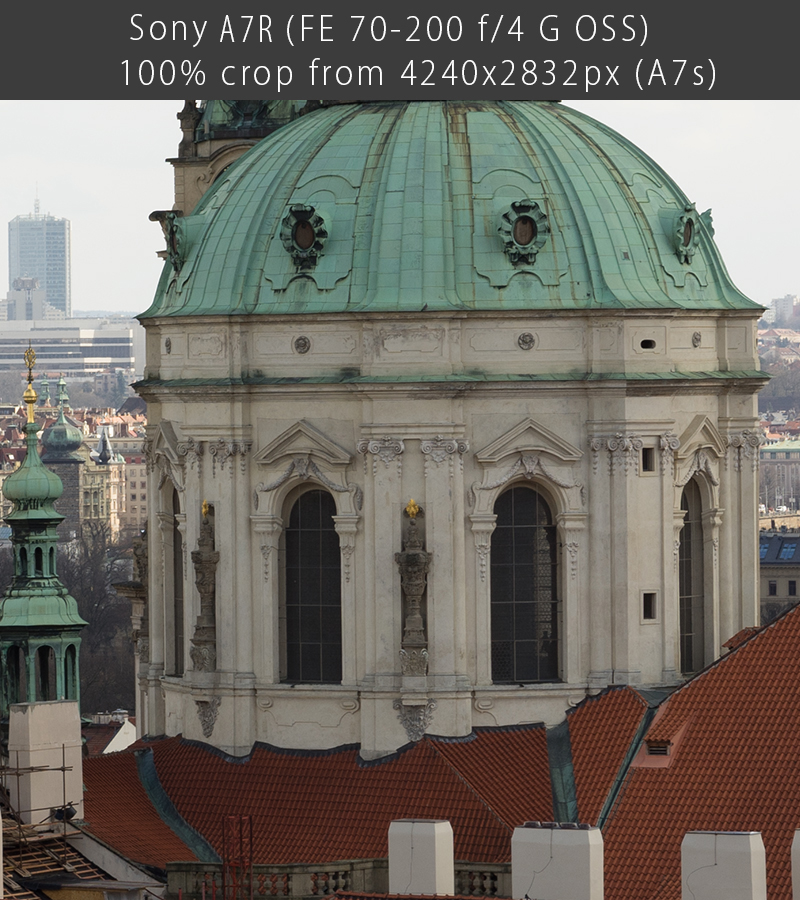
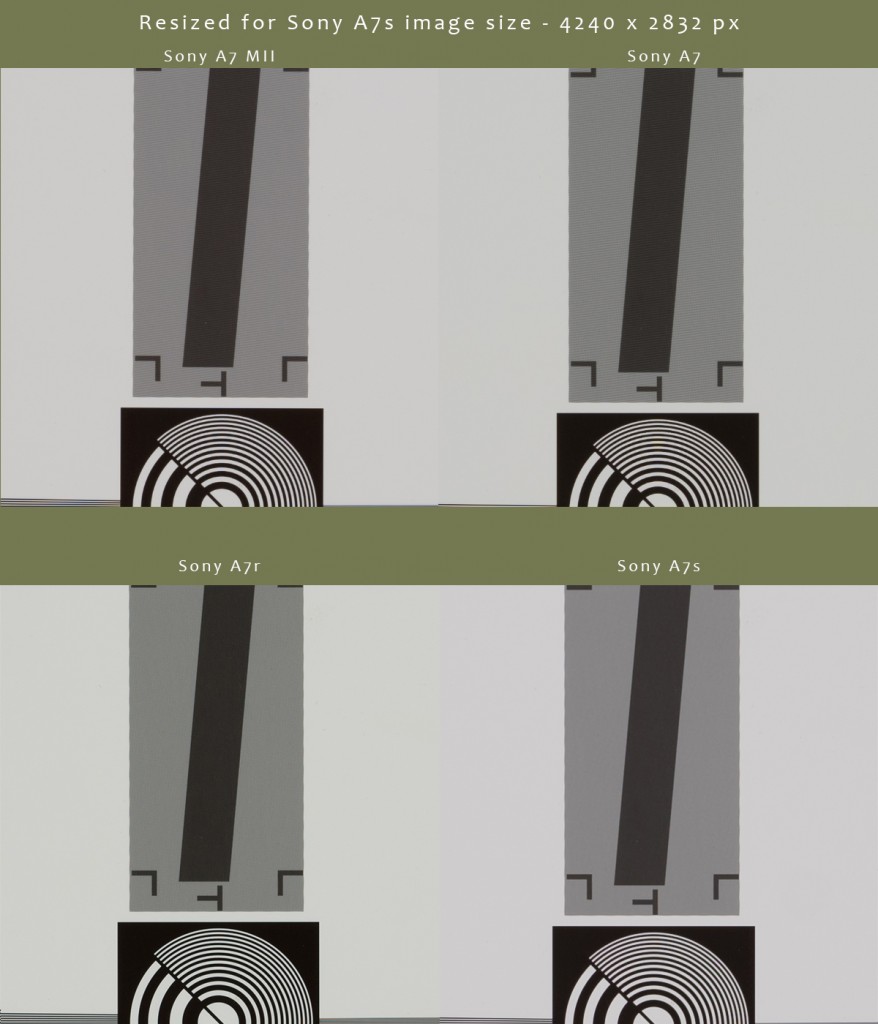
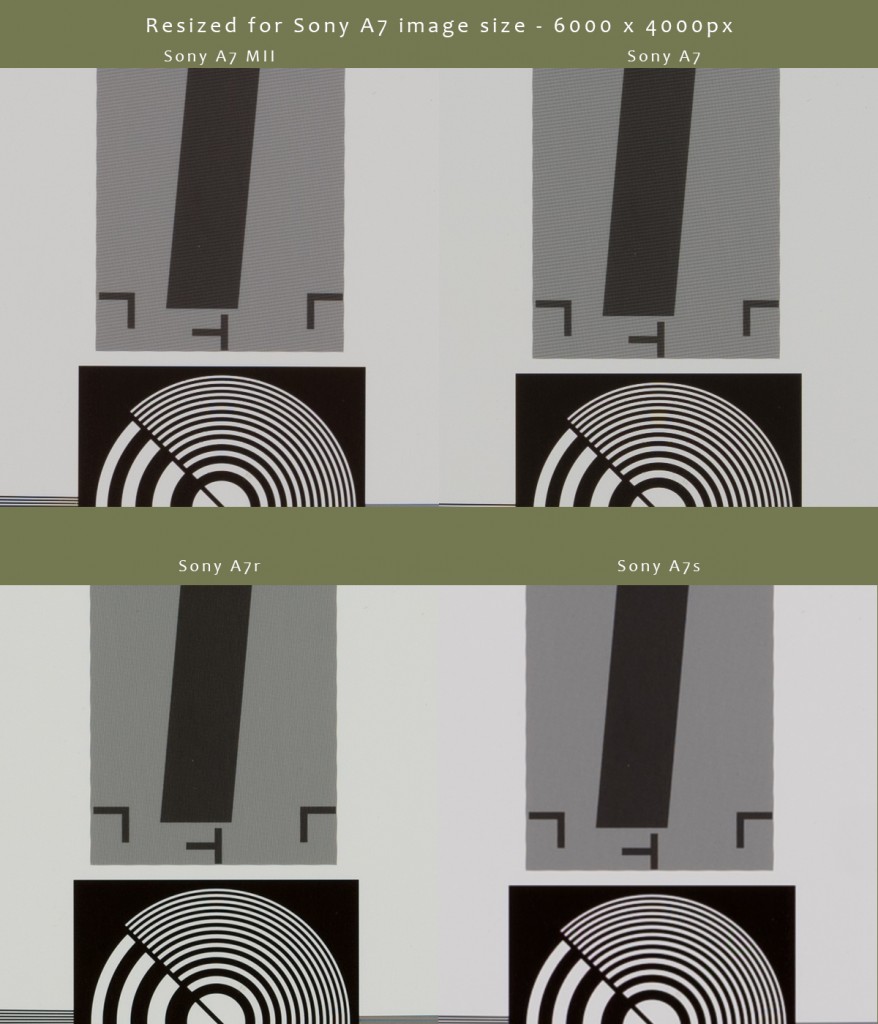
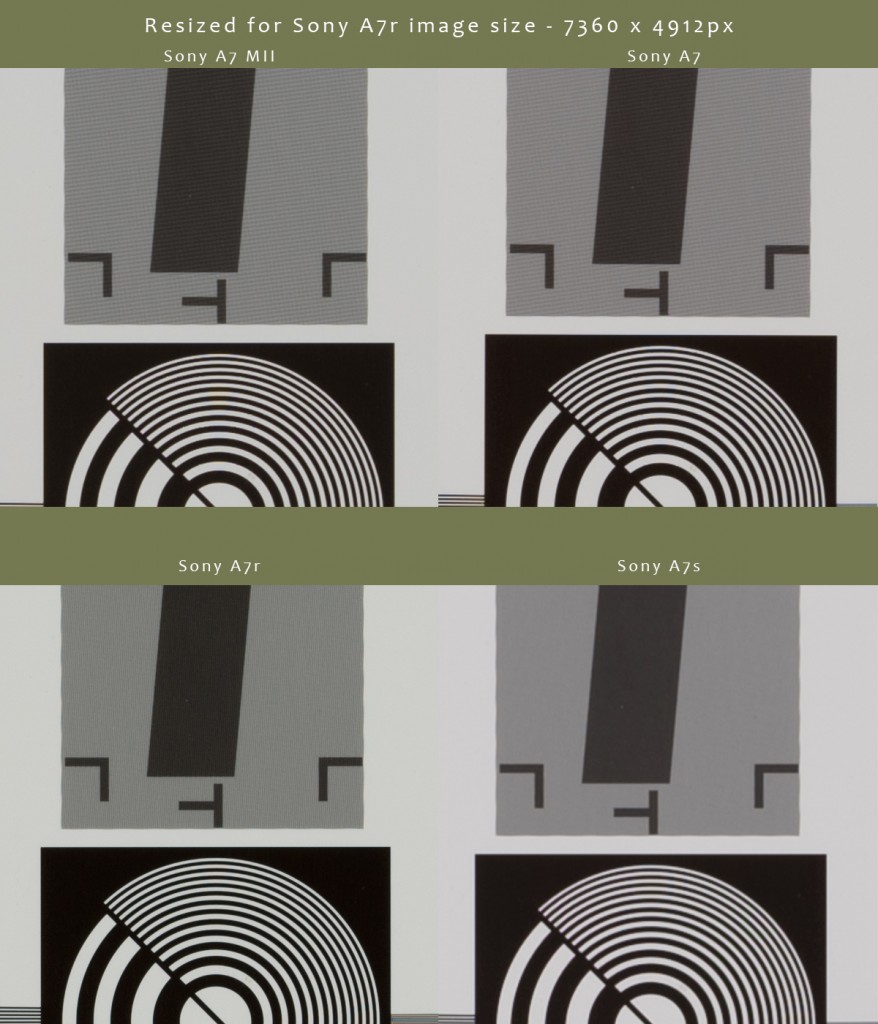
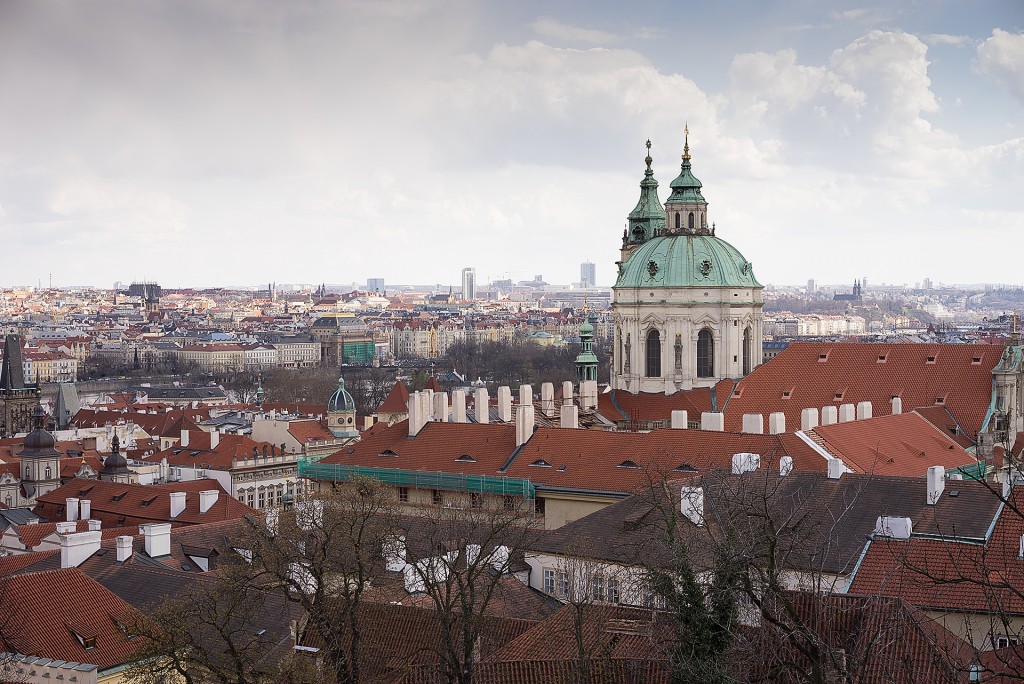
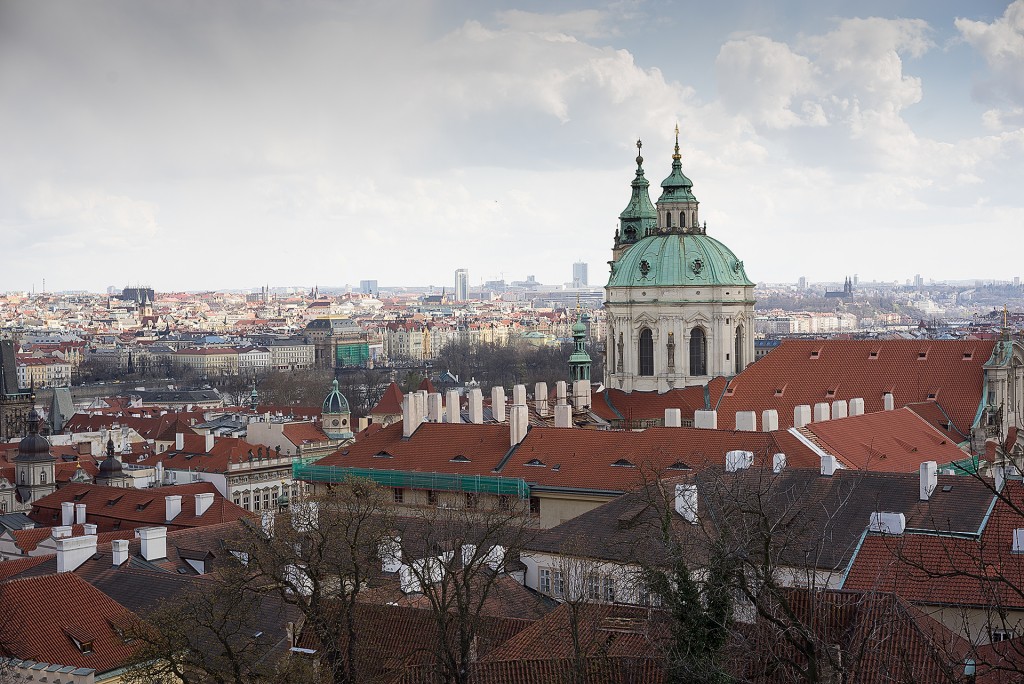
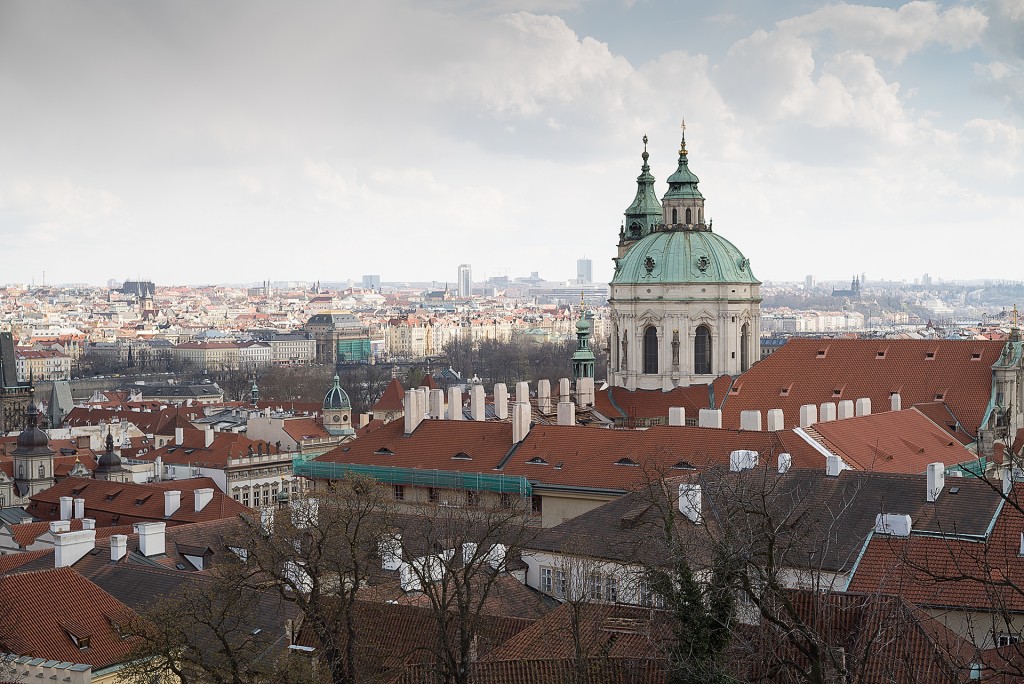
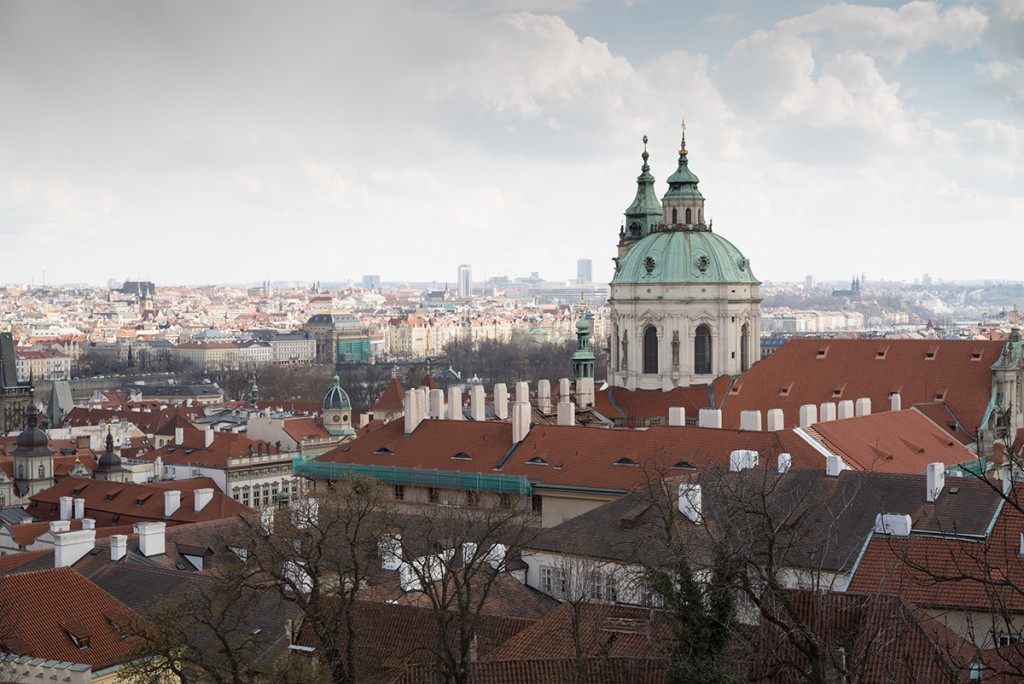
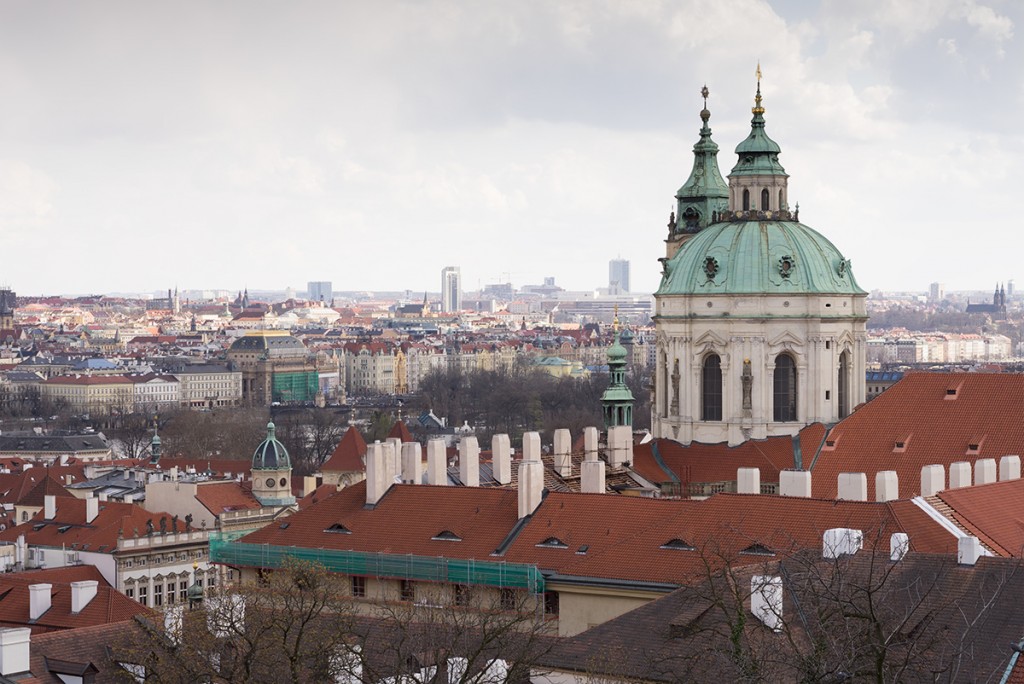
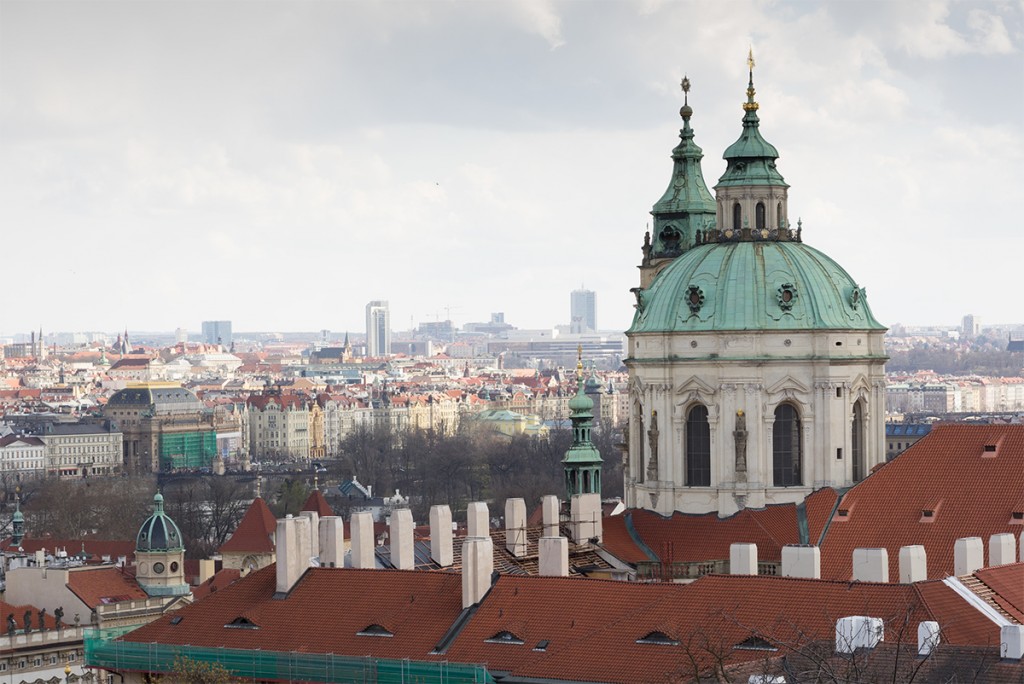
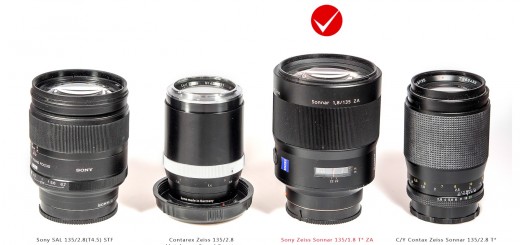
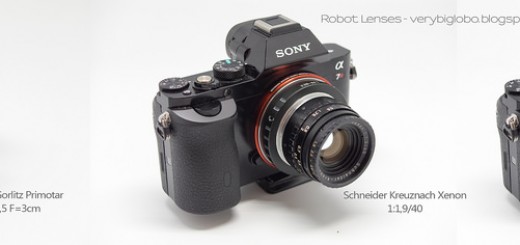
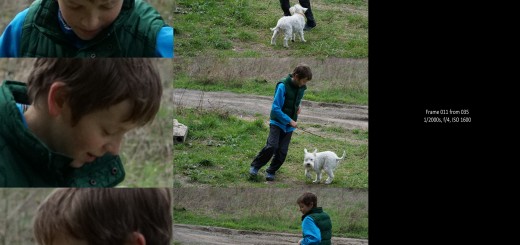
Nice opening review.
“In the next chapter we will take a closer look at one of the key differences between those 4 cameras – resolution and what it means in a real life.”
Based on your prior discussions, I trust that “real life” experience in wrestling with wide angle lens issues on the A7r have led you to favor the 24mp and 12 mp models. I look at the 41×51 cm prints on my wall made from my 6mp Nikon D70, and I am glad I didn’t buy into the 36mp problems with an A7r.
Because (as you know) I shoot a lot of manual lenses, the A7MII is still beckoning – but since most of my shooting is with wide angles, and I practice low-speed shooting constantly (daily), I have not felt a burning urge to buy now.
Thanks as usual for your truly excellent blog!
Mel
Thanks Mel for stopping by and for your kind words. Resolution will go above 36 Mpx very soon 🙂 Who really needs it? Gear heads for sure, but for most, even 12 Mpx was planty. What are we doing today with our images, that we need massive files to cope with?
The only real benefit of higher resolution is cropping ability if needed…
Cheers,
Viktor
hello !
thank you for this test.
I have an A6000 with a Sony Zeiss 24mm . For a 2nd ( or 1st) body, and my theater shoots, I was hesitating between a A7 and A7R… probably A7 and Sygma lens would be enough.
Thanks !!
Thanks Franck, I am glad if the article helped you a bit. I have also A6000 and love this little camera.
Cheers,
Viktor
Hi,
Just watch your testing video, how could you change Focus Point place so fast ?
Hi Jimmy,
I guess it’s practice… I operate multicontroller with my right hand thumb and I probably trained it well, something like those kids, typing Facebook posts on the smartphones.
Cheers,
Viktor